The Slovenian driving license (Vozniško dovoljenje) is an official document issued by the Ministry of Infrastructure in Slovenia. It authorizes the holder to operate various types of motor vehicles on public roads within Slovenia and is recognized throughout the European Union. The Slovenian driving license adheres to the standardized EU format, ensuring its recognition and validity across EU member states.
Features
- Standard EU Format:
- The Slovenian driving license follows the European Union standard for driving licenses. It is a plastic card, similar in size to a credit card, featuring advanced security measures to prevent counterfeiting and fraud.
- Personal Information:
- The card includes essential personal details such as the holder’s full name, date, and place of birth. It also features a photograph and the licensee’s signature, ensuring easy identification.
- License Categories:
- The Slovenian driving license categorizes the types of vehicles the holder is authorized to drive. Common categories include AM (mopeds), A1, A2, A (motorcycles), B (cars), C (trucks), D (buses), and others. Each category has specific eligibility criteria and testing requirements.
- Validity and Renewal:
- The validity period of the license depends on the holder’s age and the vehicle category. Generally, a Category B license is valid for 10 years for drivers under 70 and 5 years for those aged 70 and over. Renewal involves a medical examination to ensure the driver remains fit to operate a vehicle.
- Security Features:
- The driving license incorporates multiple security features to prevent fraud and counterfeiting. These include holograms, microtext, ultraviolet elements, and a unique serial number.
- Points System:
- Slovenia employs a points-based system to monitor and penalize traffic violations. Each driver starts with zero points, and points are added for infractions. Accumulating too many points can lead to the suspension or revocation of the license. Good driving behavior can result in the reduction of points over time.
- Testing and Issuance:
- Obtaining a Slovenian driving license involves passing both a theoretical exam and a practical driving test. The theoretical exam tests knowledge of road rules, traffic signs, and safe driving practices, while the practical test assesses the applicant’s driving skills on the road.
- International Recognition:
- The Slovenian driving license is recognized throughout the European Union and in many other countries. This makes it convenient for Slovenian drivers to travel and drive internationally without needing additional permits.
- Digital Integration:
- Slovenia has integrated digital solutions to streamline the application and renewal processes. Many services are available online, reducing the need for in-person visits to licensing offices.
- Medical Certification:
- Periodic medical certification is required for the renewal of certain categories of driving licenses, particularly for professional drivers. This ensures that drivers maintain the necessary physical and mental health standards to drive safely.
- Provisional License:
- For new drivers, Slovenia issues a provisional license (začasno vozniško dovoljenje), which has certain restrictions and is valid for a limited period. After gaining sufficient driving experience and demonstrating safe driving habits, the driver can apply for a full license.
- Language Options:
- The information on the driving license is printed in Slovenian and includes key terms in English, facilitating its use and understanding internationally.
- Contactless Verification:
- The card supports contactless verification, making it convenient for use in various settings, such as airports and government offices, where quick and secure identity verification is essential.
- Driver Education:
- Slovenia places a strong emphasis on driver education, requiring extensive theoretical and practical training. This includes mandatory courses on road safety, first aid, and environmentally-friendly driving practices.
- Use in Financial Transactions:
- The driving license can also serve as a form of identification for certain financial transactions, such as opening bank accounts and verifying identity for financial services.

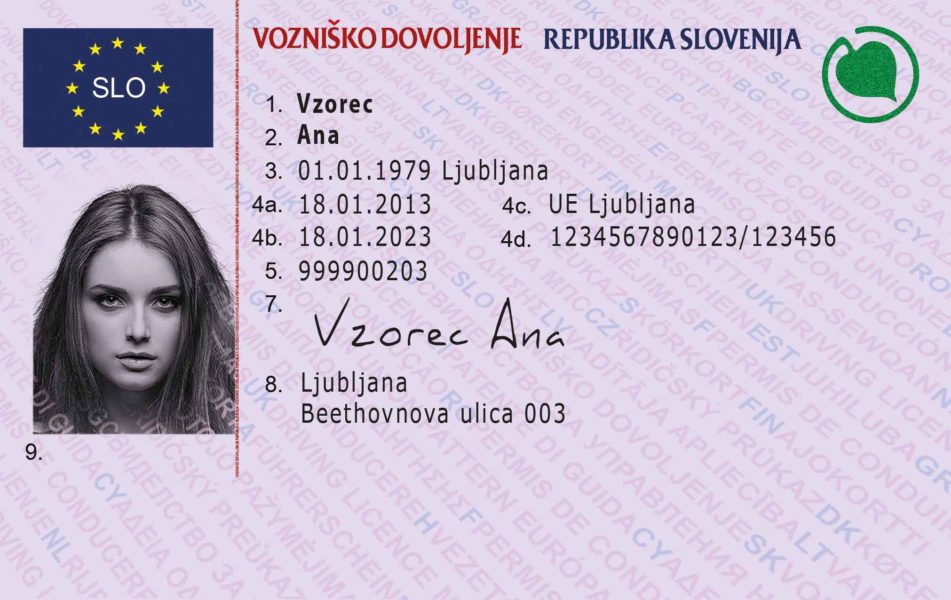
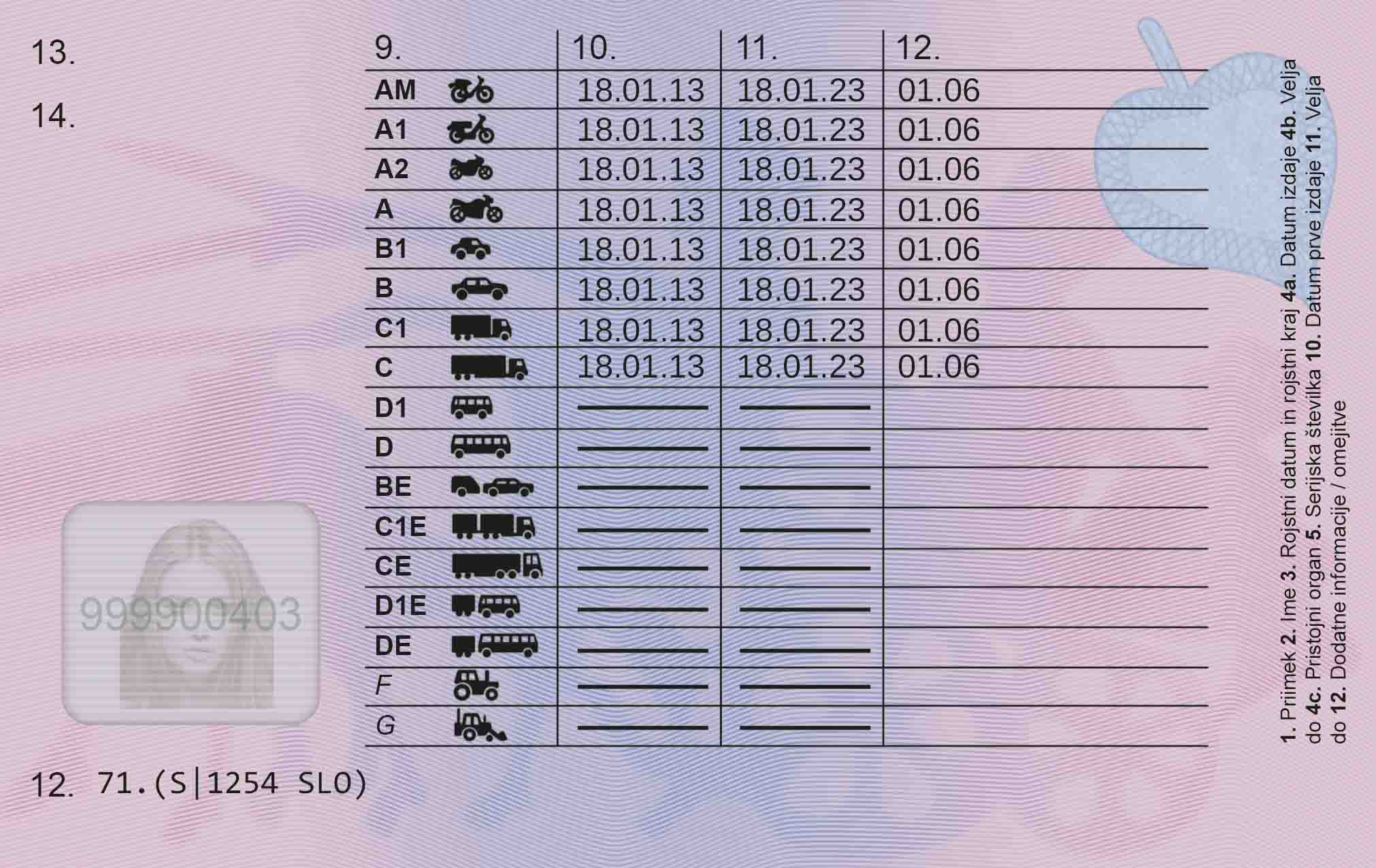
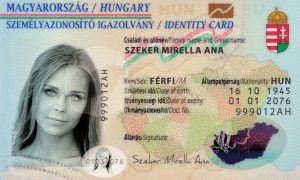
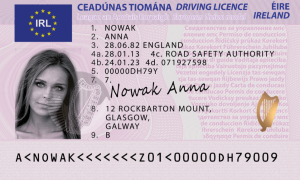
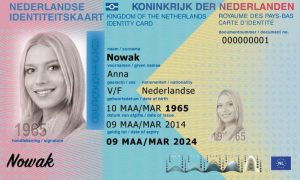
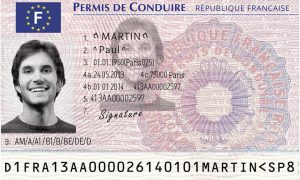

Reviews
There are no reviews yet.